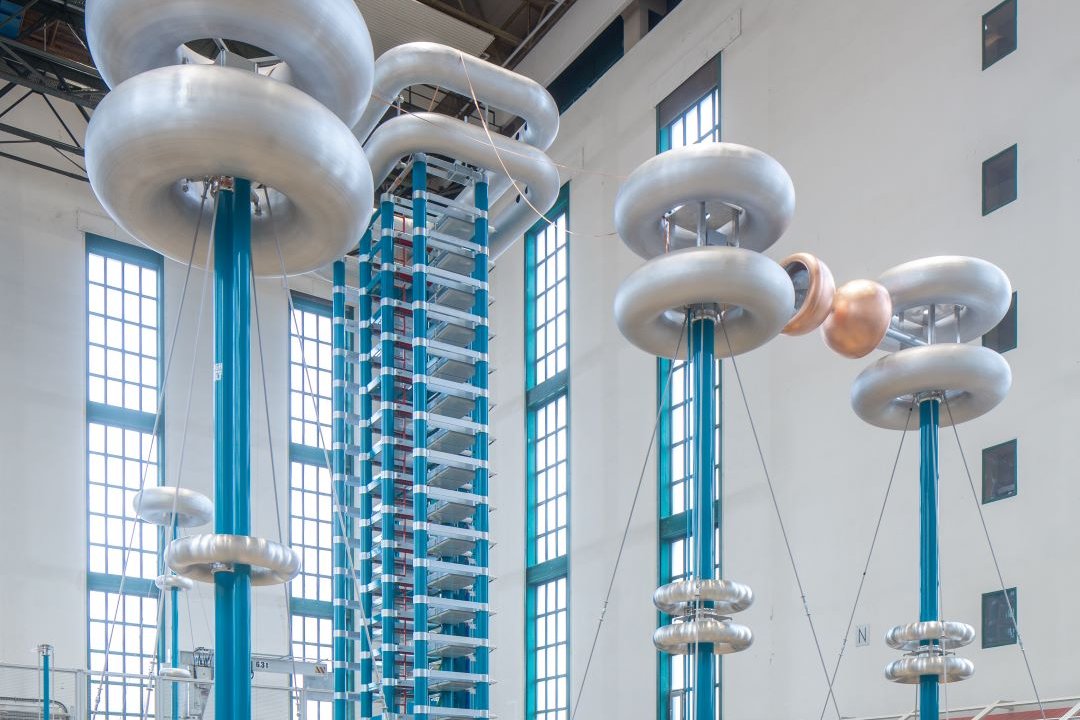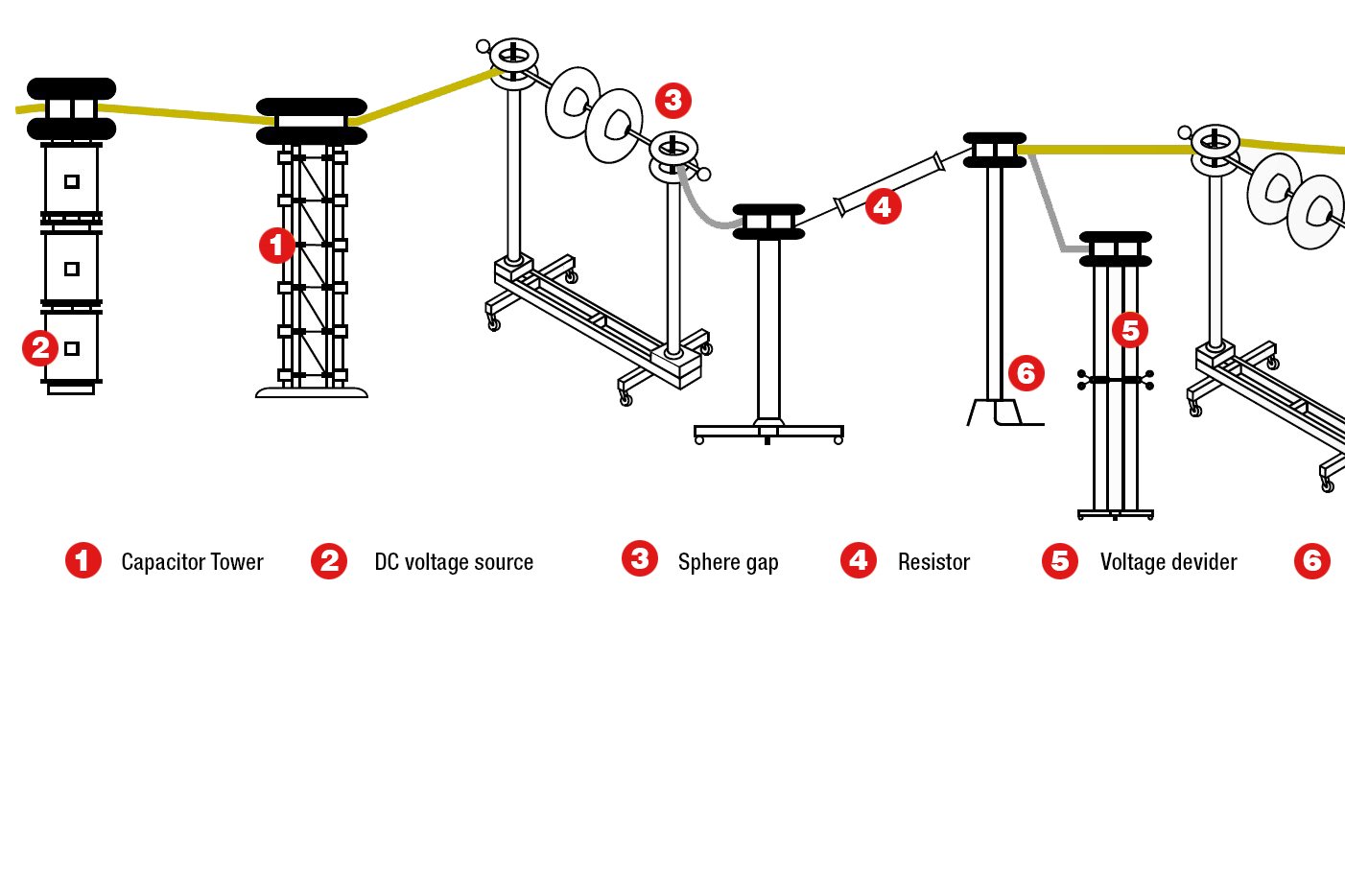"When we draw electricity from the socket at home, it is electricity that changes polarity – in other words, alternating current," says Dr. Ralf Pietsch, Head of Science and Documentation at HIGHVOLT. Over long stretches of land and sea, however, the electricity flows as direct current and is only converted to alternating current by converter stations near population centers. Pietsch explains, "During these switching processes, however, faults can cause the voltage on the DC cables to double from 525 kilovolts to more than one megavolt for a few microseconds to milliseconds, or to even change polarity."
This so-called temporary overvoltage (TOV for short) is pure stress for DC cables and can damage their insulation. It can also cause space-charge phenomena inside the cable, which can lead to local field surges in the cable when the polarity of the voltage changes, thereby damaging the cable. If the cable fails, nearby electrical equipment or even people are then at risk.




